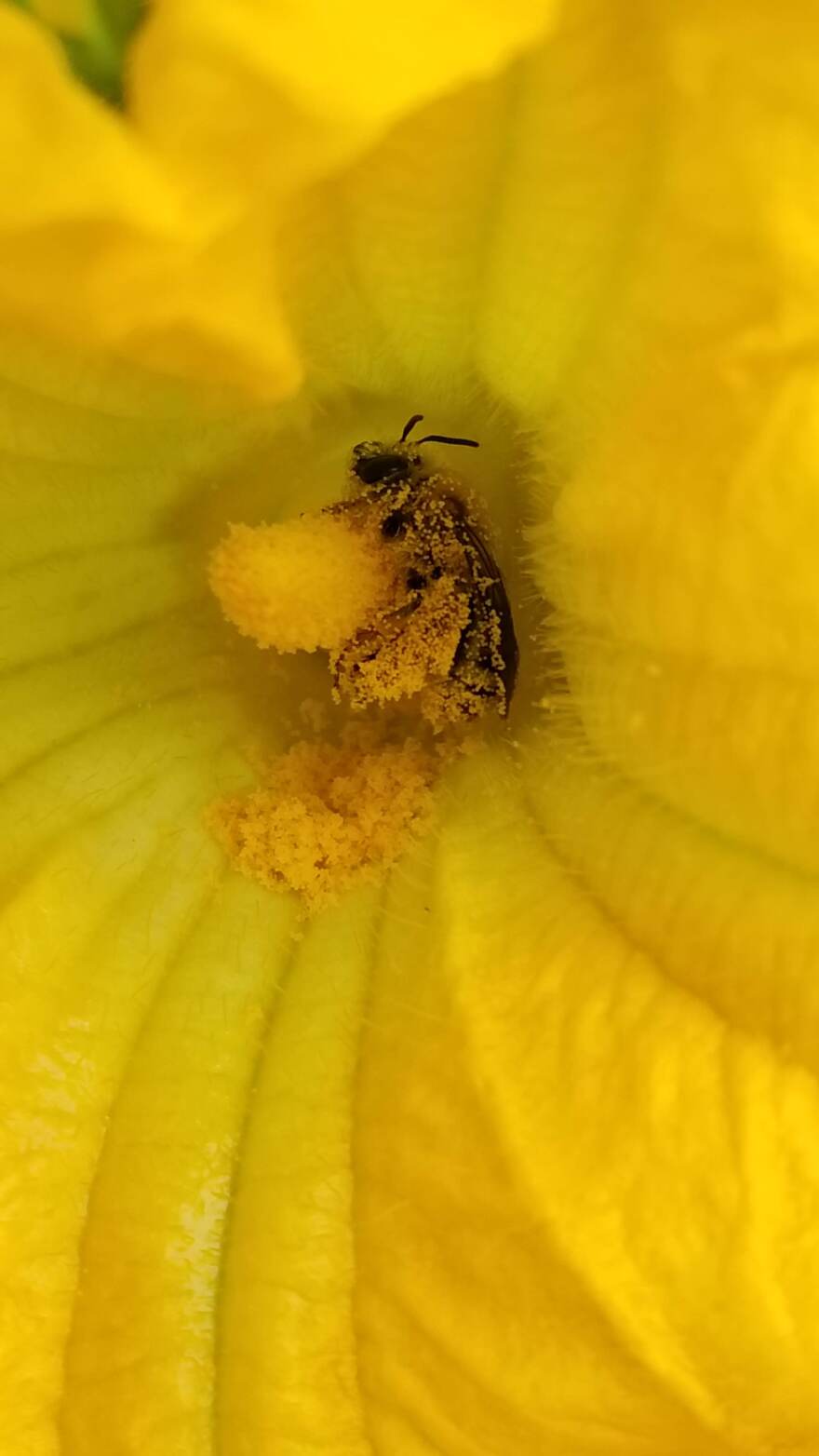A new study of bees reveals natural habitat can affect whether bees pass on viral infections.
Researchers from the University of Michigan and University of Washington looked at thousands of honey bees and wild bees in several summer squash farm fields. Researchers found high quality habitat nearby actually could increase the opportunity for bees to spread common viruses.

“If you have a really good habitat patch, you might bring in a lot more bees and potentially some of those bees are infected. And so, bees are increasing the chances of getting exposed,” said Michelle Fearon, U of M biologist and lead author of the study.
European honey bees tend to spread viral infections among themselves more readily than among wild bees.
“Communities with honey bees and a lot of other native bees present are going to have much less contact between honey bee to honey bee, which will reduce the amount of transmission that’s happening in that community,” Fearon said.
She said they also found that the density of wildflowers could reduce the likelihood of spreading viruses.
“If there’s tons of flowers there, the chances of visiting a flower that’s already been visited by an infected bee is much less likely.
If farmers or even backyard gardeners want to do something to help the plight of bees, Fearon says planting many wildflowers, and creating what’s called a pollinator bed, will help keep the spread of diseases down.
Lower virus levels were strongly linked to greater species richness, or biodiversity, among local bee communities.
Besides viral infections, some bee populations have been hurt by invasive mites, pesticides, and habitat loss.







